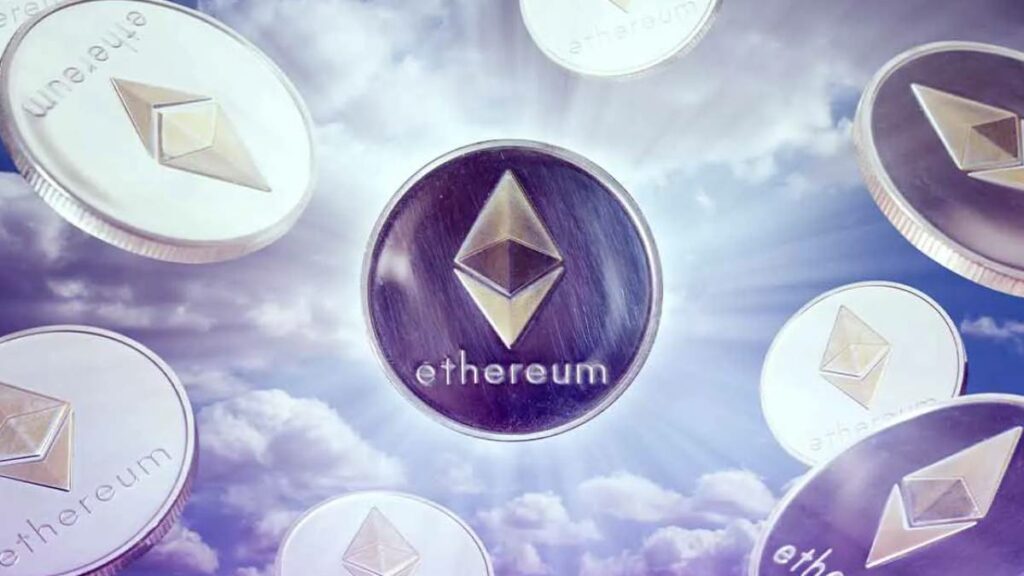TL;DR
- Ethereum faces inflation concerns after 73 consecutive days of supply growth.
- The Dencun update, especially EIP-4844, is pointed out as the main cause.
- Despite the recent growth, the total supply of ETH has decreased since the transition to the PoS model.
Ethereum, the world’s second-largest cryptocurrency, is at the center of an inflation debate after recording 73 consecutive days of growth in its supply.
Since the implementation of the proof-of-stake (PoS) model in September 2022, known as “The Merge“, Ethereum had been viewed as a cryptocurrency with deflationary potential.
However, since mid-April, more than 112,000 ETH have been added to the total supply, raising concerns among users about the long-term sustainability of the network.
The turning point appears to be the Dencun update in March, which introduced several Ethereum Improvement Proposals (EIPs), most notably EIP-4844.
This proposal introduced a mechanism called “blobs”, designed to separate and temporarily store transaction data, which significantly reduced fees on Ethereum layer 2 networks, such as Arbitrum and Optimism.
While this measure has been successful in reducing transaction fees, it has also had an unintended side effect: a decrease in the amount of ETH burned on the mainnet.
Ethereum’s burning mechanism is central to its deflationary strategy, as it burns a portion of transaction fees, thereby reducing the total supply over time.
However, the introduction of blobs has disrupted this process, contributing to the current inflationary trend.
Despite this trend, it is important to note that since The Merge, the total supply of ETH has decreased significantly.
Over 1.5 million ETH have been burned, while only 1.36 million have been added, resulting in a net reduction of approximately 345,000 ETH.

Long-Term Impact and Future Ethereum Updates
Despite the current concern, the Ethereum community remains confident in the developers ability to adjust and improve the burning mechanism in future updates.
Modifications are likely to be made to balance transaction fees and supply control, ensuring Ether can maintain its long-term deflationary goal.
Furthermore, this situation underscores the importance of constant monitoring and adjustments to network policies to respond to changing market dynamics and user needs.
Ethereum’s ability to adapt has been one of its greatest strengths, allowing for continuous innovations that seek to improve both the efficiency and sustainability of the network.
Although the recent increase in Ethereum supply has raised inflationary concerns, the net reduction in supply since The Merge is a positive indicator.
The community and developers will need to work together to implement solutions that maintain the balance between ETH burning and transaction fee accessibility, thus ensuring a sustainable future for the cryptocurrency.












